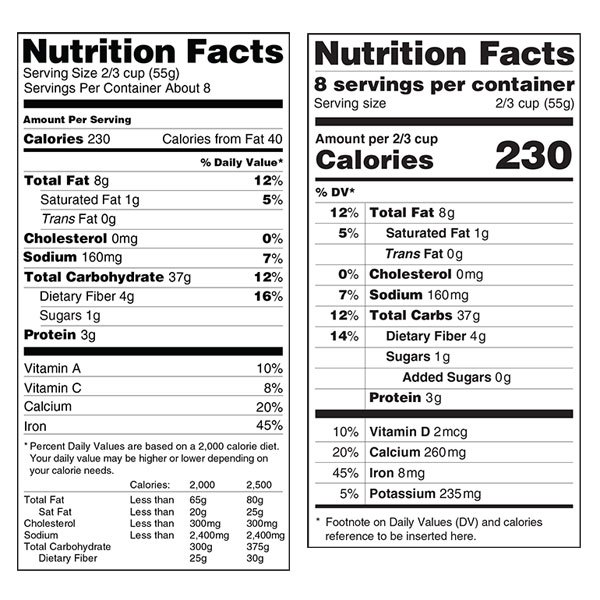Count Carbs And Control Your Diet This Fall Season
Tips to maintain a healthy weight
Counting carbohydrates is one habit that can be very useful especially if it becomes a daily routine. It can be practiced by anyone, especially if you are trying to lose or maintain a healthy weight. Because the goal for daily carbohydrate intake will be specific to each person, it is important to determine those foods or complete meal options that provide the required calories and will help you to achieve your goal.
With a variety of ready-made meal choices available, food labels may state the amount of calories inside, but it is good to have an idea of how to count the carbohydrate content for yourself. This is especially true if you plan on making your own meals. You can also do your own comparison and review to see how much carbs are really present. Keep in mind, carbohydrates get broken down and used as a source of energy, but, if too much is consumed and especially with too little physical activity, the body will convert the excess carbohydrate to fat.
Here are a few tips to help you count carbs:
- Read the label
- Use measuring cups for accuracy
- Use a cooking scale
- Create a database of the foods you eat the most
- Use an app like MyFitnessPal or Fooducate

Counting carbs and controlling food portion are very important when dieting. Each food item may not provide the same amount of calories. There is a major difference in the number of carbs in a large apple compared to the number of carbs in a small one. Also, flavored yogurts have a lot more carbs than plain or Greek.
Here is a quick guide from Keto with a list of foods and the approximate amount of carbs they contain:

Save this article for later by pinning the image below:
